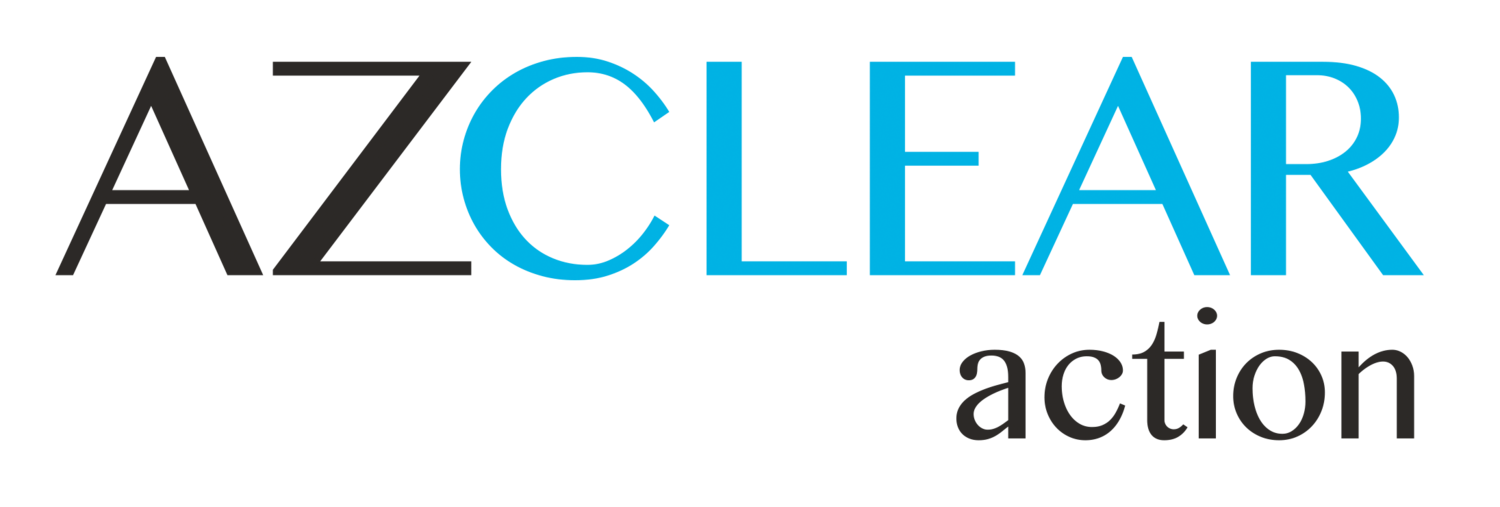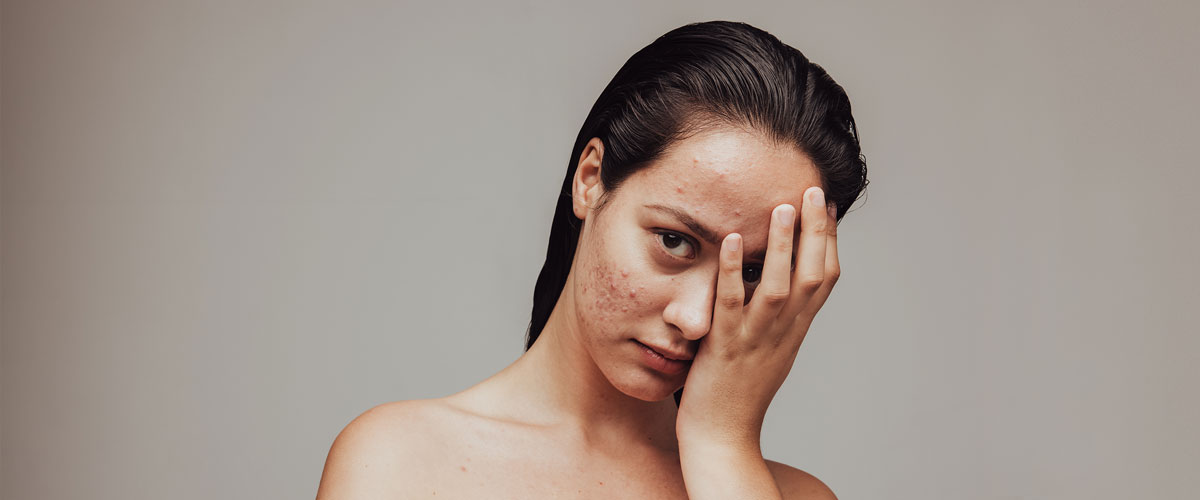Acne is not a new ailment. It was described in ancient writings by the Egyptians who called it “Aku-t”, but it’s likely that humans have been battling spots and blemishes since prehistoric times1. The exact causes remain a mystery to us, but one thing we know is that acne does not discriminate. The boy Pharaoh himself, Tutankhamun, is thought to have suffered from acne and was entombed with preparations against the disorder2. Various animal by-products including honey were popular treatments among the ancient Egyptians, while the Romans were said to bathe in sulfur for blemishes of the skin. For the more adventurous patient, an alternative treatment is the “intestines of a crocodile that has feasted on aromatic plants2”. If you’re fresh out of crocodiles or aromatic plants, why not explore some modern treatment options?
1. Tabasum H, Ahmad T, Rehman H, Anjum F. The historical panorama of acne vulgaris. J Pak Assoc Dermatol 2013;23(3).
2. Eber AE, Perper M, Mango R, Nouri K. Acne treatment in antiquity - can approaches from the past be relevant in the future? Int J Dermatol 2017;56:1071–3.
3. Kurokawa I, Danby FW, Ju Q, Wang X, Xiang LF, Xia L, et al. New developments in our understanding of acne pathogenesis and treatment. Exp Dermatol 2009;18(10):821–32.
4. Worret W-I, Fluhr JW. Acne therapy with topical benzoyl peroxide, antibiotics and azelaic acid. JDDG J Dtsch Dermatol Ges 2006;4(4):293–300.
5. Graupe K, Cunliffe W, Gollnick HP, Zaumseil R. Efficacy and Safety of Topical Azelaic Acid (20% Cream): An Overview of Results from European Clinical Trials and Experimental Reports. Cutis 1996;57(1S):20–35.
[Contributor] Josh Townley

